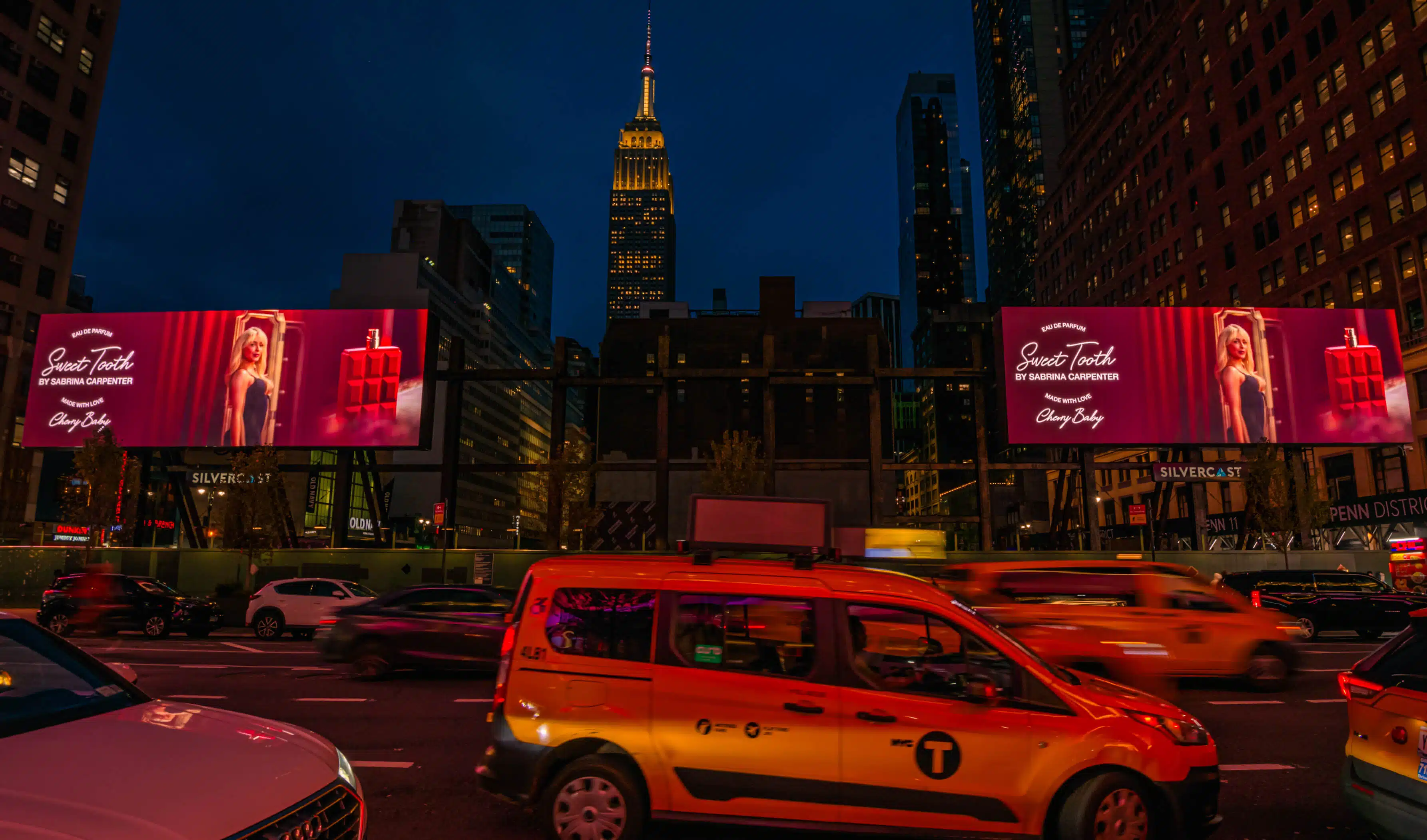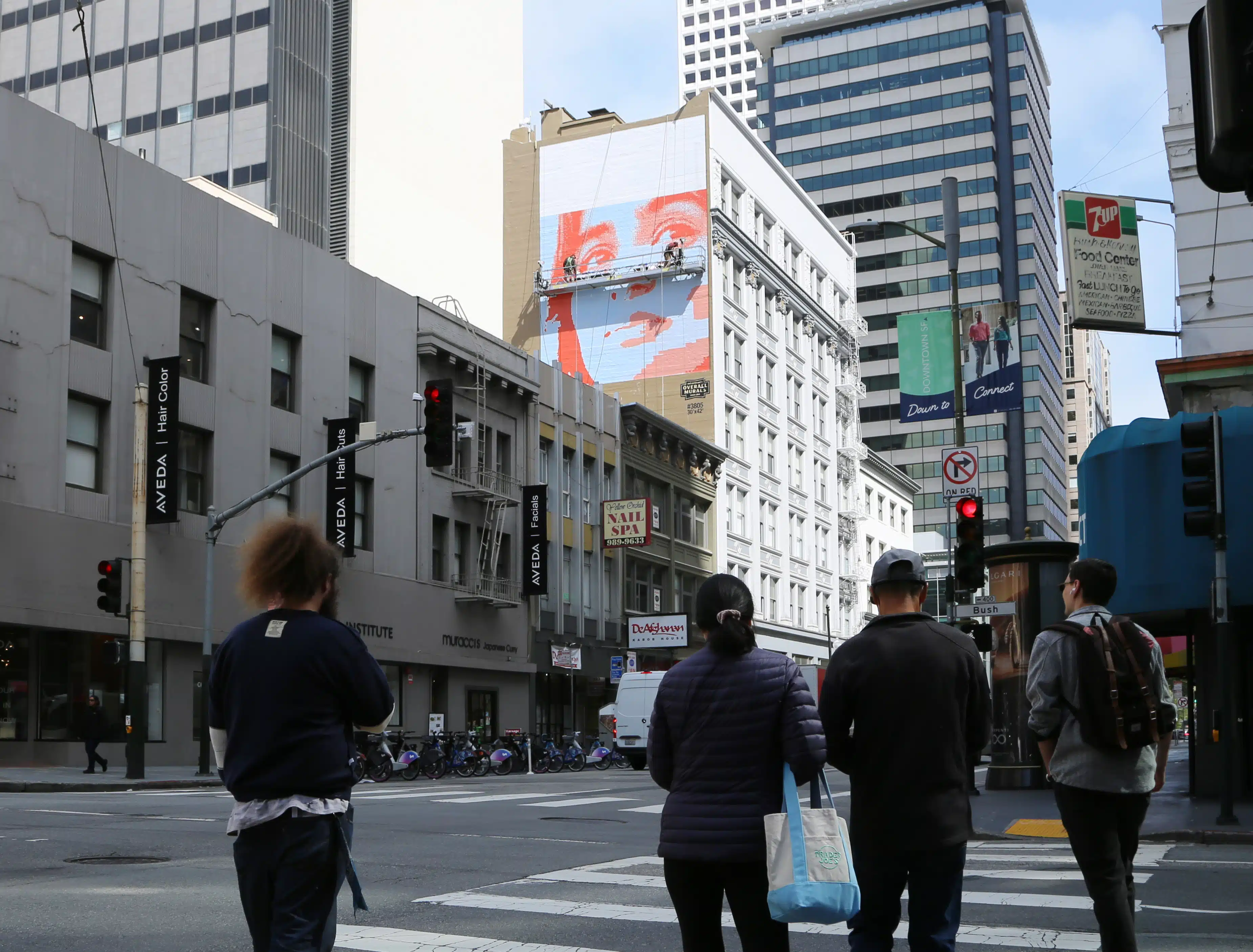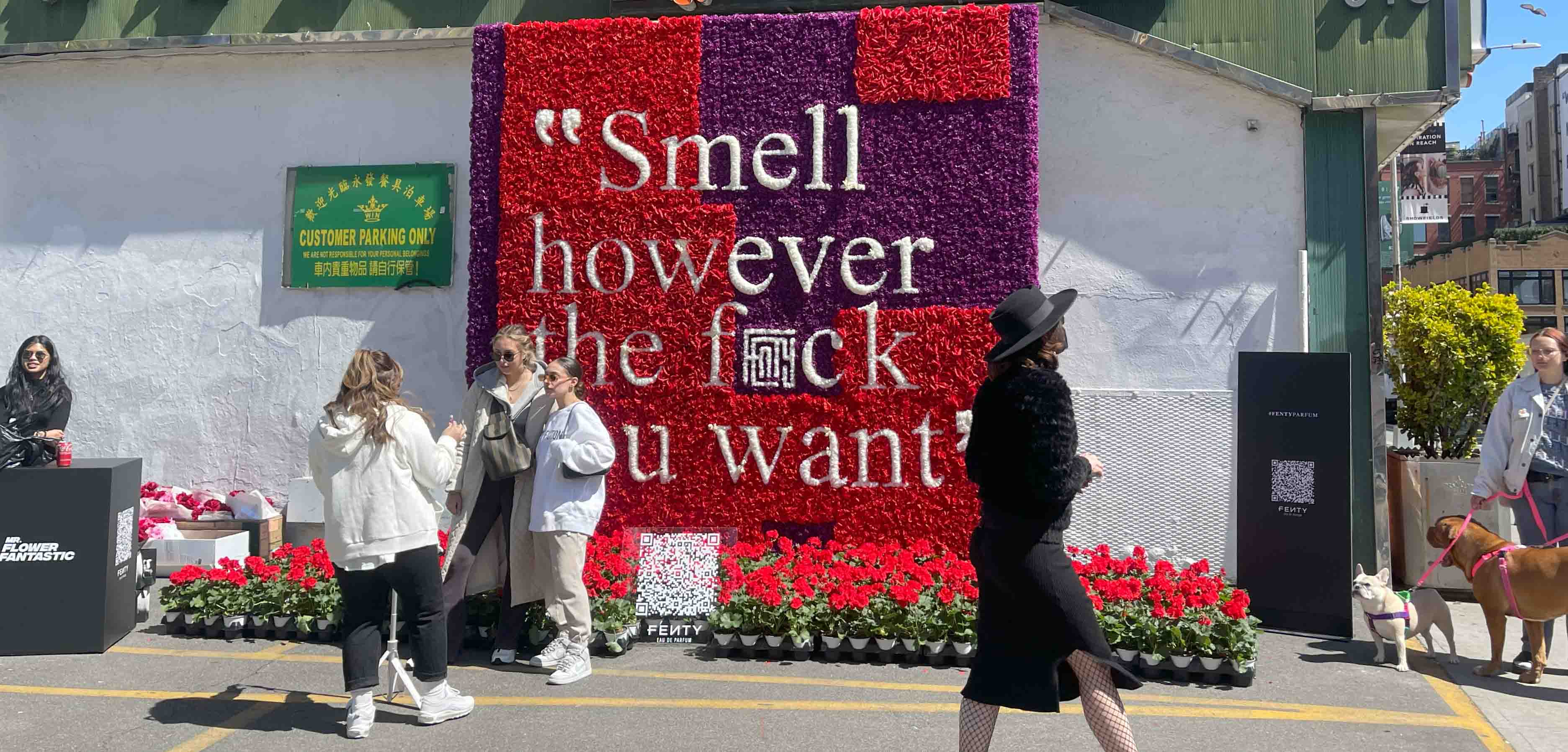Is Outdoor Advertising the Last Place Where Brands Can Be Honest?

In today’s frenetic media landscape, brand messaging is everywhere. We live in a time of hyper-relevance and hyper-connectivity, where campaigns can shift direction in hours and creative is tested in real time.
It’s no stretch to say everything has become optimized, segmented, and personalized at scale. A
previously obscure player
hits 10 three-pointers in the NCAA tournament and is doing ads for Turbo Tax the next day. You Google dog deworming meds on your lunch break, and your Instagram feed floods with NexGard and PetArmor promos. Spotify studies your photos and instantly serves up a tailored playlist trying to convert you into a subscriber.
And yet, amid all this precision, something rare and powerful is happening in one of the few media spaces that’s evolved without losing its real-world power:
out-of-home (OOH) advertising.
Whether printed, painted, or digital, OOH remains the one place where brands still speak publicly—to everyone—without algorithms deciding who gets to listen.
It might just be the last place where brands can be truly honest. Here’s why.
OOH Is Public by Nature, and That Changes Everything
Digital ads have their place—in an increasingly AI world, they are actually essential. But they can also feel intrusively intimate. Unlike most digital ads, which live inside curated feeds or are delivered only to carefully segmented users, OOH is unavoidable and universal. It’s not personalized, and it’s not private, which is exactly what gives it power.
When a brand puts a message on a wallscape in downtown LA, wraps a train car in Chicago, or runs a dynamic digital screen in Times Square, that message becomes part of the shared urban experience. It invites every passerby, from CEOs to tourists to students, on the same terms.
That level of public accountability requires clarity and conviction. You can’t hide behind “maybe” or “if you feel like it” messaging in 50+ feet of printed vinyl. You have to mean what you say, or risk being flamed for it on social media later — the internet never forgets an inauthentic move.
Digital OOH Is Still Outdoor and Still Demands Presence
Today’s OOH goes beyond static messaging. Digital and programmatic capabilities have made it possible to A/B test, swap creative in real time, and tailor messaging by audience or time of day. But even with these tools, the media itself still requires intentionality.
While a banner ad can be tweaked in seconds or a promoted post can disappear in a scroll, OOH remains grounded, even the digital form. It takes up space. Everyone sees it. With few exceptions, it remains posted for a four-week span so that it’s viewed again and again and again, becoming a solid, reliable part of the scenery. And that sends a signal: “We believe in this message/product/concept enough to say it out loud.”
That kind of real-world visibility isn’t about shouting. It prioritizes showing up consistently, confidently and without conditions.
A Medium People Still Trust
Consumers are more skeptical than ever. Who can blame them — brands have gone Big Brother. They have a conversation about a brand, and suddenly that brand is splashed all over their Facebook feed. They’re wary of invasive tracking, endless targeting and brands that feel like they’re watching rather than listening, which even leads people to block online ads (short of putting on sunglasses, you can’t block a billboard). While digital platforms are incredibly effective, the intimacy they proffer can sometimes come at the cost of authenticity.
OOH, on the other hand, shows up without expecting anything back. It doesn’t ask you to “click, comment or share.” It doesn’t measure your reaction in real time. It simply exists in the open and allows the audience to take it in on their own terms.
That passive presence, ironically, creates trust. It signals transparency. It feels earned. And statistics back that up. A Nielsen study showed that people trust billboards more than radio, TV or print. They feel less commercial, too, because they aren’t interrupting anything. They simply become part of the landscape, whereas a pop-up ad on your computer or a TV commercial blocks you from the content you want to enjoy, building distrust.
Commitment Is the New Creativity

In a culture that values agility, brands sometimes overcorrect by softening their message, over-relying on testing, or waiting for validation before they speak boldly. OOH pushes back against that. The medium demands time and dedication in a way other formats don’t.
To buy a billboard, hand-paint a wall, or light up a massive screen in the middle of a city, that’s a commitment. It doesn’t mean the message can’t be agile or adaptive, but it does require a brand to make a decision and own their space.
That kind of clarity has become rare and increasingly valuable. Consider the example brands set for consumers when they approach their messages with confidence. It can be just the type of inspiring follow-through that convinces someone to buy a product.
The Power of Showing Up in the Real World

As advertising becomes more digital, the brands that stand out are those that understand the value of genuine, physical presence. Out-of-home (OOH) advertising offers brands the unique opportunity to create memorable moments that go beyond the screen. In fact, interactivity takes on a whole new dimension when brought into the real world.
This type of physical placement—whether traditional or digital—creates emotional impact that’s hard to replicate with online ads. Think about it: how often do you screenshot a digital ad to share with a friend? Probably never. But a clever billboard, a QR-coded poster, or a flower-covered wall like this Fenty Wild Posting® installation? That’s photo-worthy, post-worthy, and unforgettable.
Outdoor advertising gives brands something we’re all craving in a noisy digital world: the chance to be bold, clear, and honest—right in the middle of everyday life. Let us help you bring that impact to the streets.
Contact us today to explore custom Wild Posting® and OOH advertising opportunities that deliver results.

